Six Perfect Pieces: American Hardwood Furniture for Today’s Home
(NewsUSA) - Solid wood has always been the gold standard when it comes to high-quality home furniture. “Whether it’s something major like a dining table and chairs or a smaller item like a nightstand, making it with Real American Hardwood® will ensure that it’s not only strong and durable but also unique and characterful,” says Ian Faight of the American Hardwood Information Center. “No matter what style of furniture you favor, from the warmly traditional to the sleekly modern, there’s a wood—classics like oak, maple, walnut, and cherry or less familiar ones such as cypress and hickory—that will enhance its looks and increase its longevity.” Here are six stylish pieces for today that could well become tomorrow’s treasured heirlooms.
- Solid wood has always been the gold standard when it comes to high-quality home furniture. “Whether it’s something major like a dining table and chairs or a smaller item like a nightstand, making it with Real American Hardwood® will ensure that it’s not only strong and durable but also unique and characterful,” says Ian Faight of the American Hardwood Information Center. “No matter what style of furniture you favor, from the warmly traditional to the sleekly modern, there’s a wood—classics like oak, maple, walnut, and cherry or less familiar ones such as cypress and hickory—that will enhance its looks and increase its longevity.” Here are six stylish pieces for today that could well become tomorrow’s treasured heirlooms.
Natural cherry lends a gorgeous, honeyed tone to this dining room set by Copeland Furniture (copelandfurniture.com) in Vermont. The Catalina trestle table softens the crisp, clean lines of Mid-Century Modern design with the more flowing, organic forms of earlier styles like Art Nouveau, while the handsome Ingrid chairs are a contemporary take on the simplicity and elegance of 19th-century Biedermeier furniture. Photograph courtesy of Copeland Furniture
Handmade with sustainably harvested Appalachian hardwood by Gat Creek (gatcreek.com), a manufacturer in Berkeley Springs, West Virginia, the Sunbury bed has a gently canted headboard with vestigial side wings that create a sense of cozy embrace. Shown here in dark-stained ash, the timeless design tempers modern Danish aesthetics with American Shaker plainness. Photograph courtesy of Gat Creek
With roots dating back to 1900, the renowned Stickley (stickley.com) furniture company in Manlius, New York, continues to produce iconic pieces like the Prairie settle, a comfortably upholstered sofa that’s part of its historic Mission collection. Crafted here in natural-finish white oak—it’s also available in cherry—the Arts & Crafts-inspired seating fits seamlessly into a bright and airy modern setting. Photograph courtesy of Stickley
Custom built in North Carolina by Mantle Furniture (mantlefurniture.com), the Tavern round coffee table features solid red oak construction and a hand-rubbed matte finish that emphasizes the wood’s distinctive grain. As practical as it is attractive, the piece incorporates a useful storage shelf and has no sharp corners to bump your shins on. Photograph courtesy of Mantle Furniture
Minneapolis-based furniture retailer Room & Board (roomandboard.com) turns to Built by Newport, a Vermont artisanal workshop, to make the Ericson lounge chair. The solid-wood frame, which boasts precision dowel joinery and elegantly contoured arms, is available in white oak, shown here, as well as walnut and cherry, meaning there’s a version that will fit your style of home décor. Photograph courtesy of Room & Board
Characterized by elegantly restrained detailing, well-balanced proportions, and an eye-catching golden aura, the Clio credenza is handmade by Doorman Designs (doormandesigns.com), a New Orleans-based furniture brand. The flexible piece, which serves equally well as a dining room sideboard or a media console, showcases rift-sawn white oak planks to stunning effect. Photographer Jacqueline Marque
Visit www.hardwoodinfo.com for more about using American hardwoods in your home.

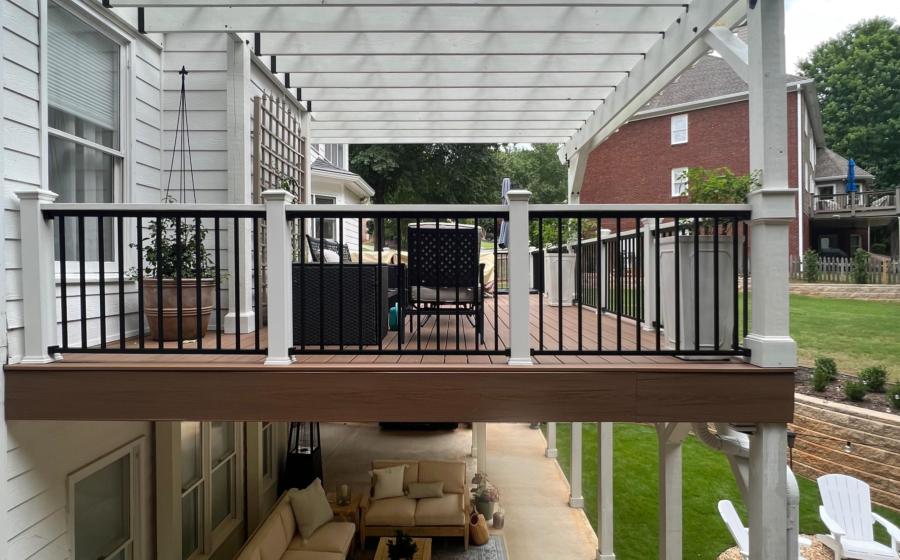
 - If you plan to add an elevated deck to your home, there’s one element that will greatly increase its value and function: an
- If you plan to add an elevated deck to your home, there’s one element that will greatly increase its value and function: an 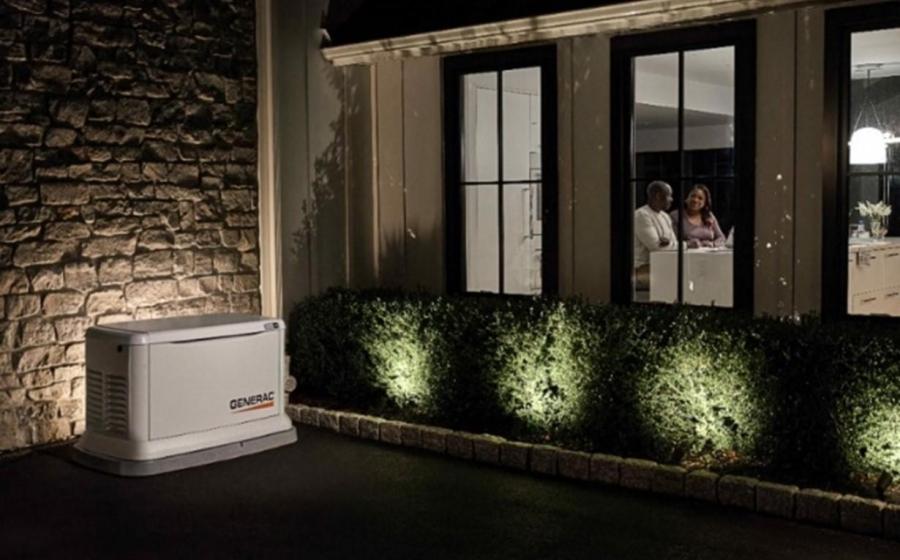
 - Recent Generac/Harris Poll survey provides insights into preparedness for widespread power outages*
- Recent Generac/Harris Poll survey provides insights into preparedness for widespread power outages*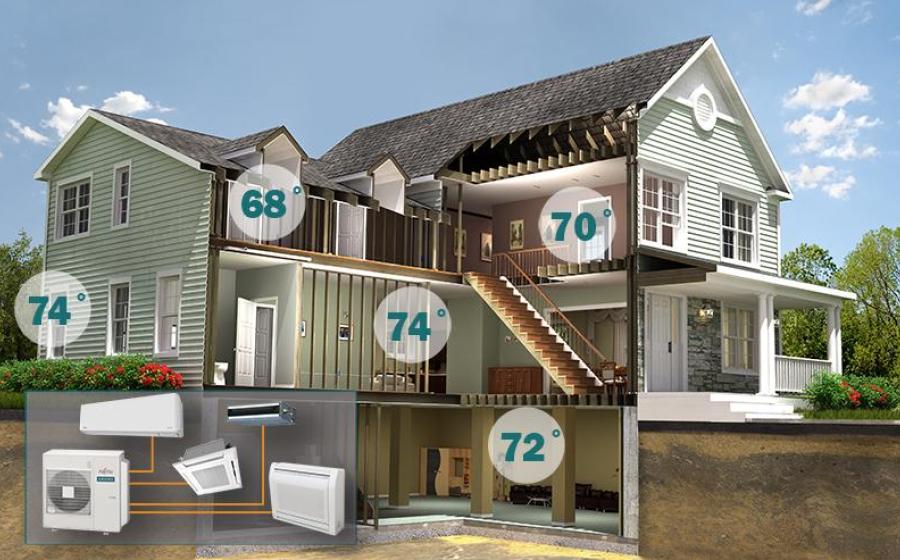
 - Today’s homeowners are having an Extra Room Boom! This latest real estate reality is marked by the convergence of two mounting trends – growing home sizes and declining household members – that together mean more extra space and energy-efficiency challenges.
- Today’s homeowners are having an Extra Room Boom! This latest real estate reality is marked by the convergence of two mounting trends – growing home sizes and declining household members – that together mean more extra space and energy-efficiency challenges. - With existing home inventory predicted to remain low in 2024, many home buyers are choosing to purchase new construction or instead electing to remodel their current home. Either option takes homeowners on a design journey with an array of endless selections and choices as they look to create a home that reflects their taste and lifestyle.
- With existing home inventory predicted to remain low in 2024, many home buyers are choosing to purchase new construction or instead electing to remodel their current home. Either option takes homeowners on a design journey with an array of endless selections and choices as they look to create a home that reflects their taste and lifestyle. 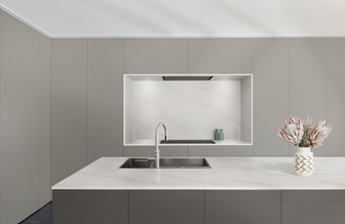
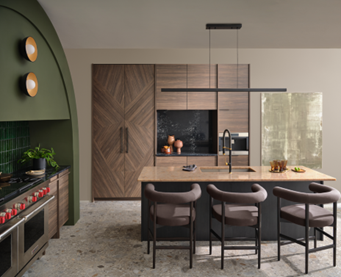
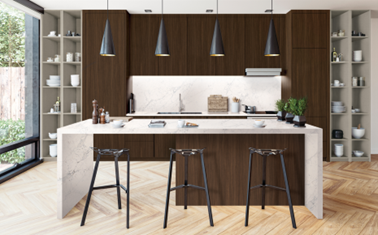
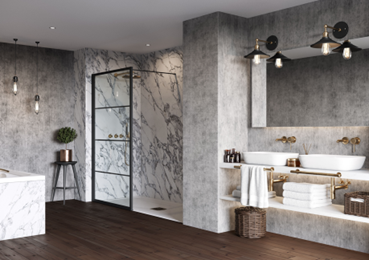
 - They say blonds have more fun, but there are non-frivolous reasons for choosing pale or light-finish hardwoods for floors, cabinetry, paneling, and millwork in your home. “Many species of Real American Hardwood®—white oak, maple, birch, ash, poplar, beech, and sycamore among them—are naturally blond,” notes Linda Jovanovich of the
- They say blonds have more fun, but there are non-frivolous reasons for choosing pale or light-finish hardwoods for floors, cabinetry, paneling, and millwork in your home. “Many species of Real American Hardwood®—white oak, maple, birch, ash, poplar, beech, and sycamore among them—are naturally blond,” notes Linda Jovanovich of the 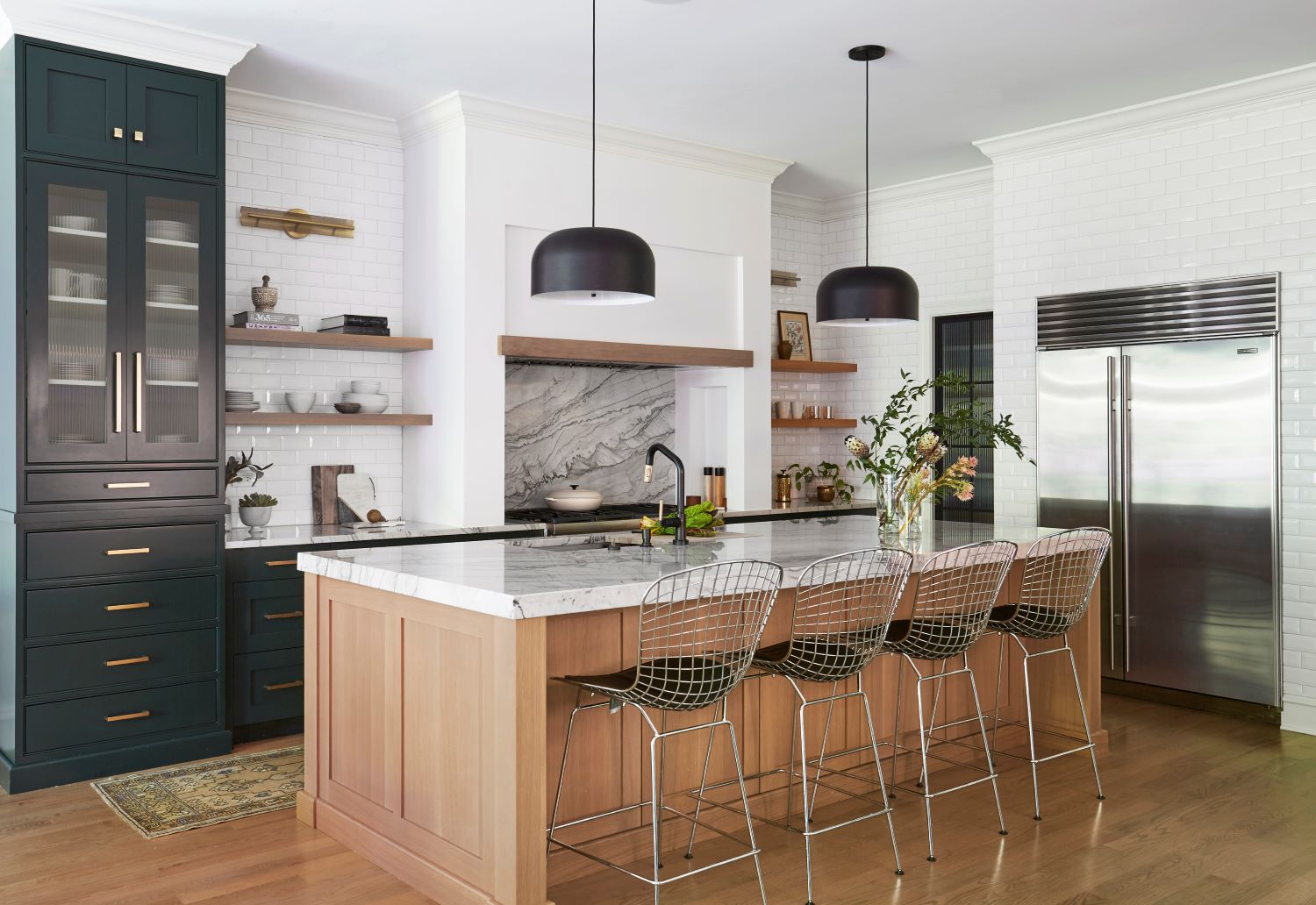
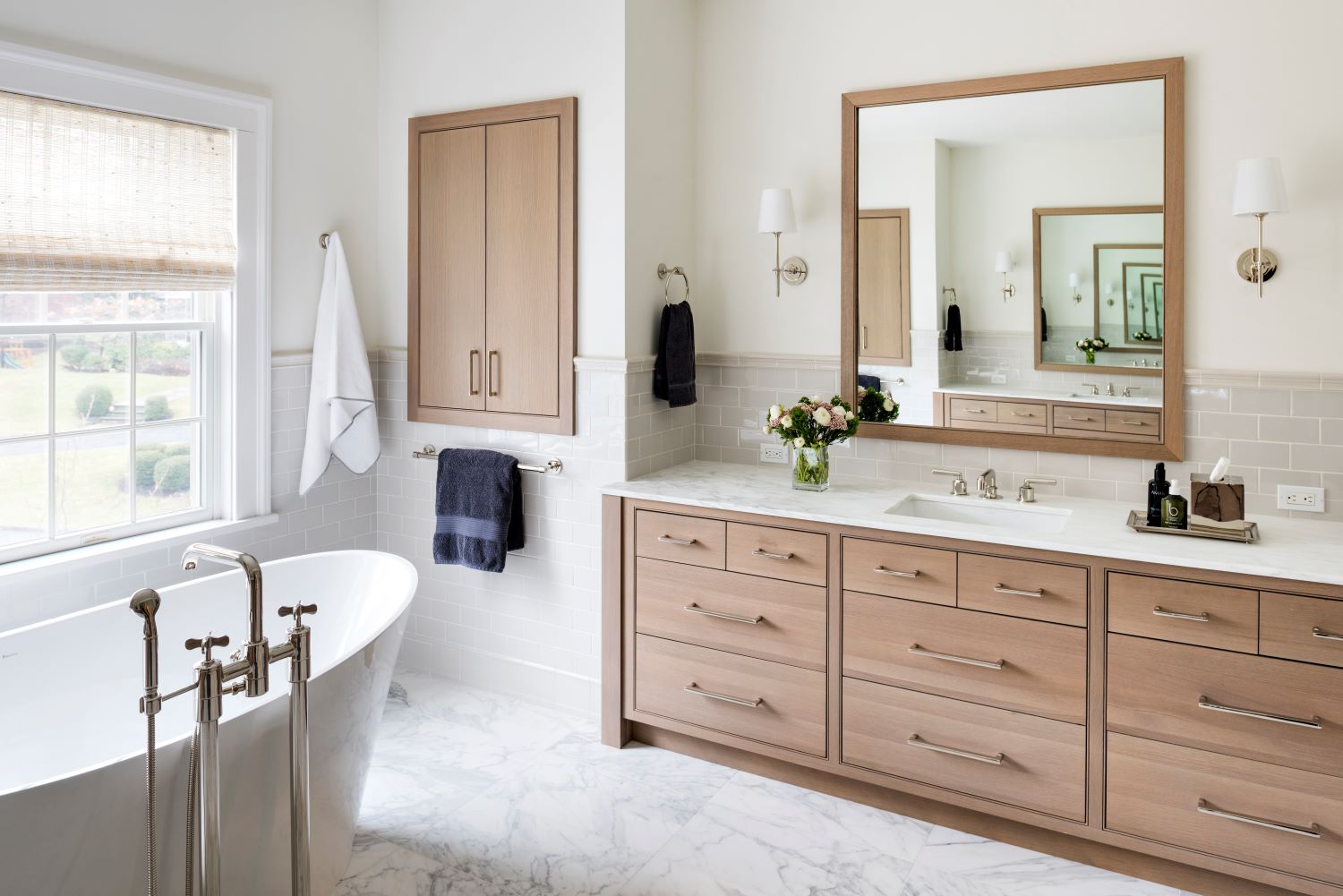

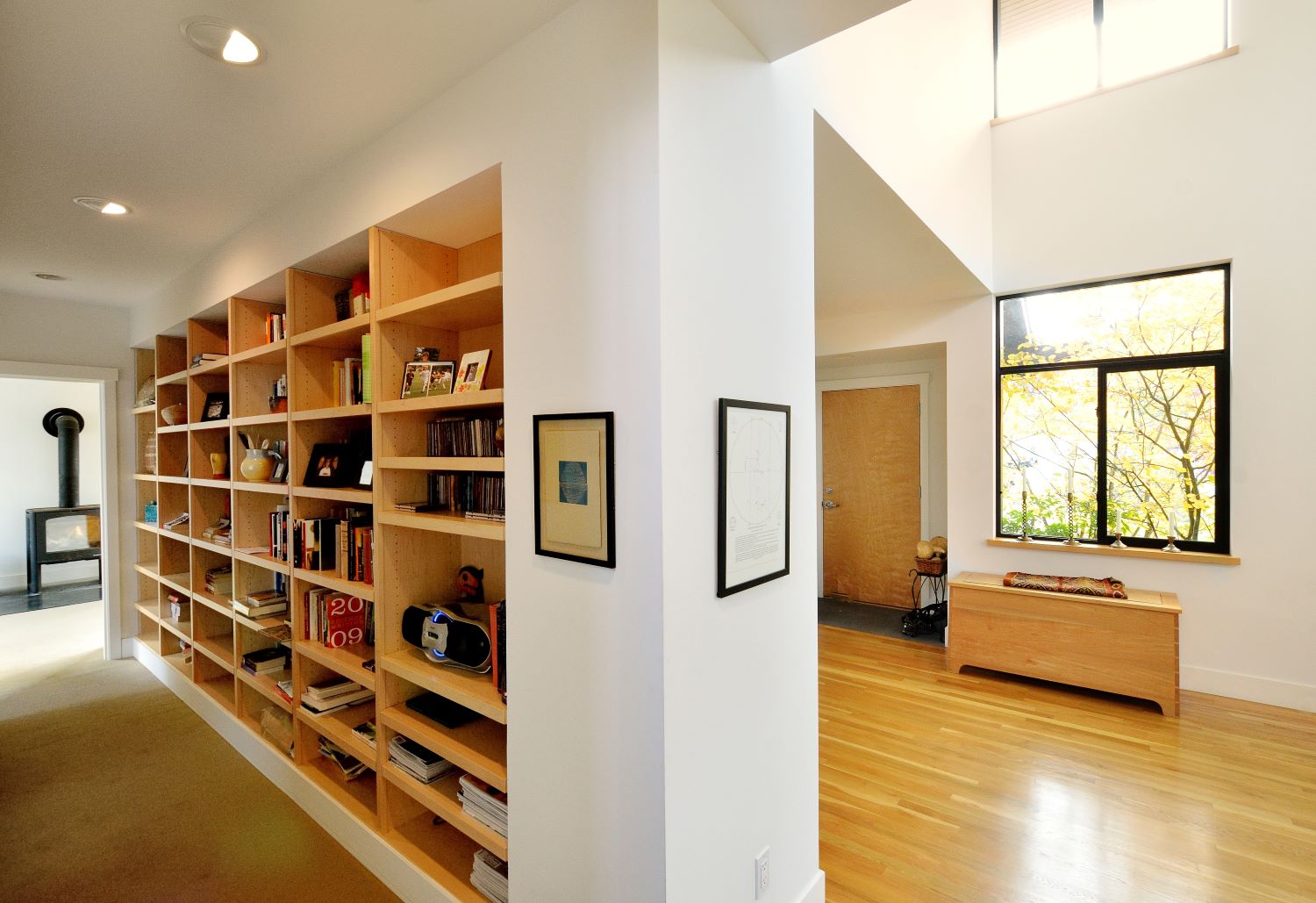
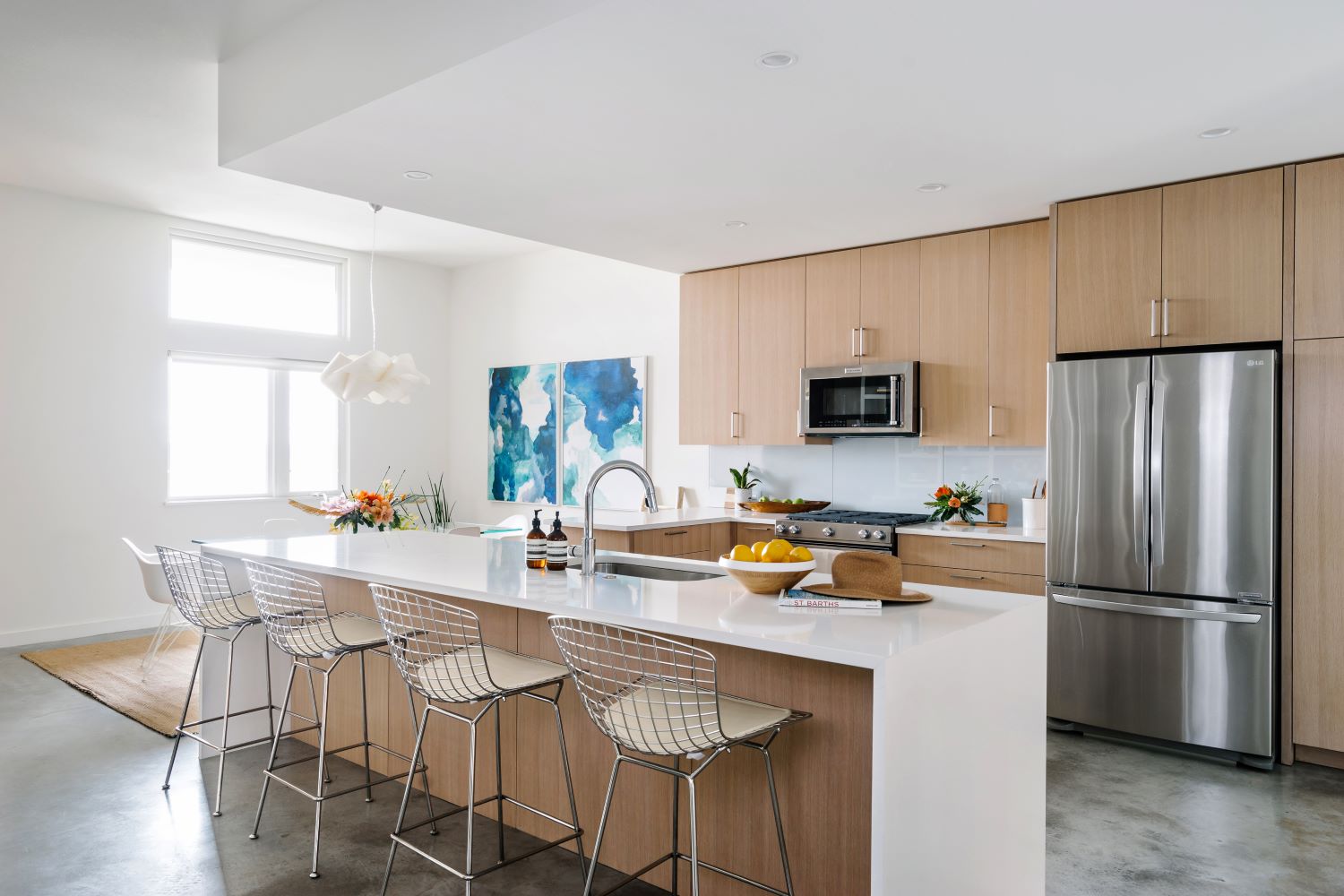
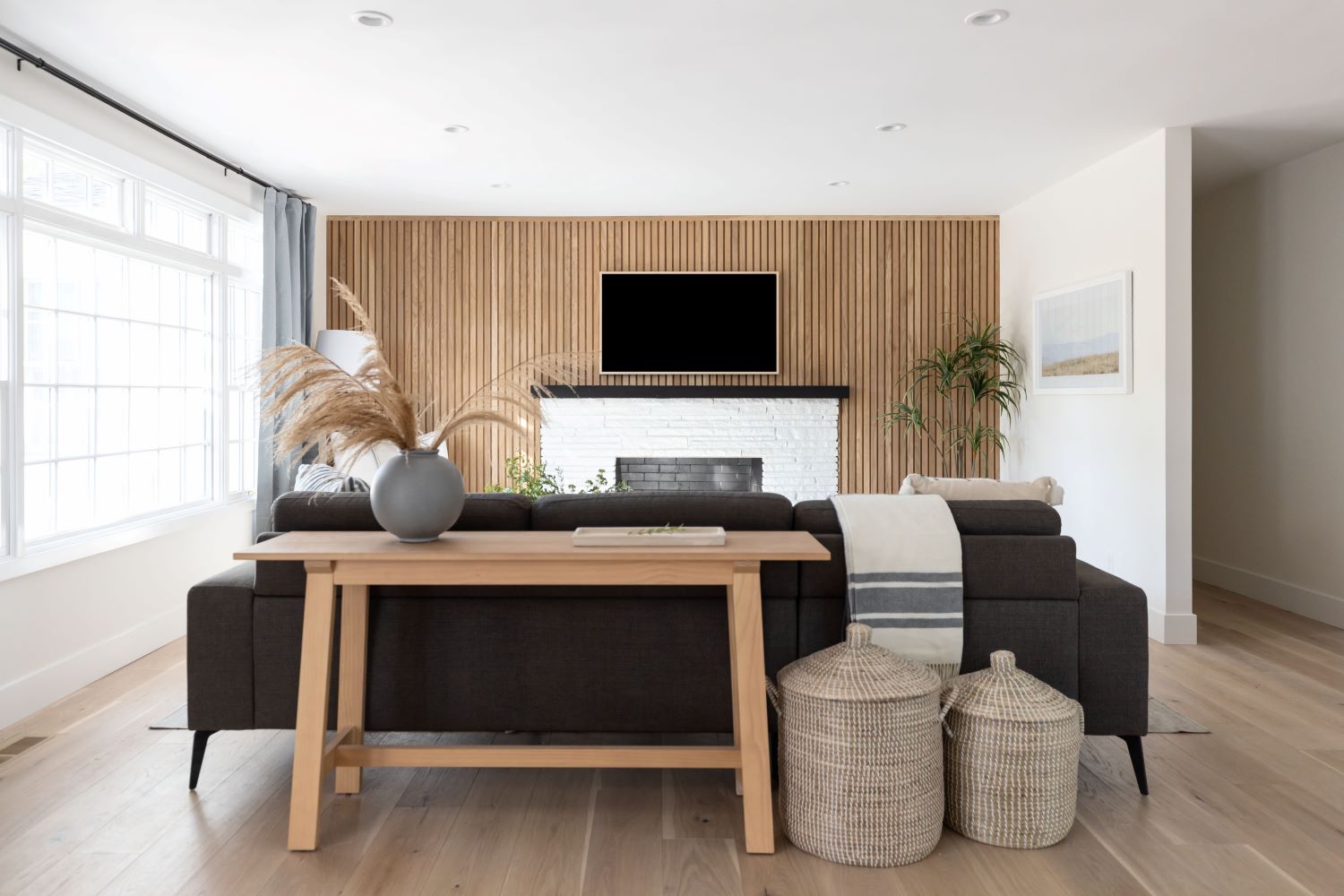

 - As Americans prepare to spend more cold cash to keep warm this winter, it’s more important than ever to learn how to leverage the benefits of The Inflation Reduction Act of 2022.
- As Americans prepare to spend more cold cash to keep warm this winter, it’s more important than ever to learn how to leverage the benefits of The Inflation Reduction Act of 2022.
 - Despite increased interest rates and inventory challenges, you can still be a homeowner this year.
- Despite increased interest rates and inventory challenges, you can still be a homeowner this year.
 - Spring and warmer weather means more time outside, and finding the right swing set for your yard is a great way to get your kids and their friends (parents, too!) energized and enjoying outdoor play.
- Spring and warmer weather means more time outside, and finding the right swing set for your yard is a great way to get your kids and their friends (parents, too!) energized and enjoying outdoor play.
 - Spring and warmer weather means more time outside, and finding the right swing set for your yard is a great way to get your kids and their friends (parents, too!) energized and enjoying outdoor play.
- Spring and warmer weather means more time outside, and finding the right swing set for your yard is a great way to get your kids and their friends (parents, too!) energized and enjoying outdoor play.
